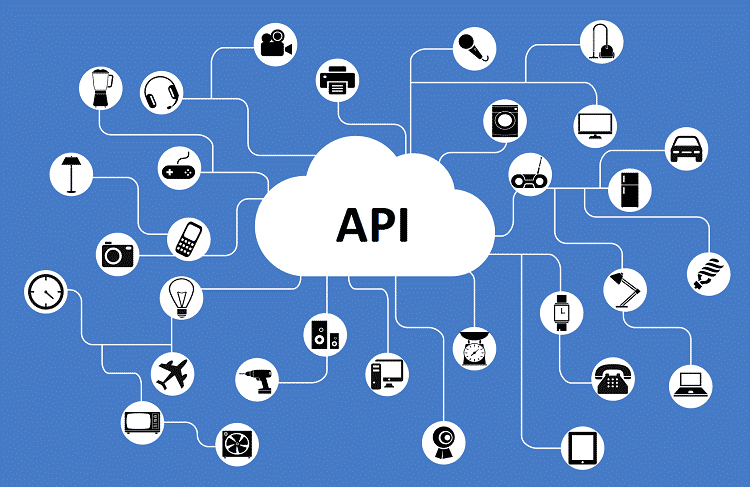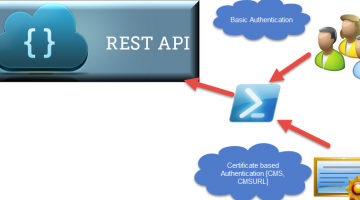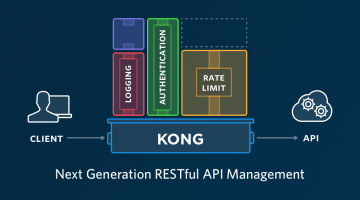The first thing to understand is that API is the superset while REST API is the subset. This means all REST APIs are APIs while not all APIs are REST APIs. API is a broad term while REST API is a specialized API. There are a lot of differences between an API and REST API. REST stands for Representational State Transfer while API stands for Application Program Interface.
In simple words, the function of API is to connect one application with the data and services of another application by granting all the required permissions. Therefore, it is the connector between two applications, and it is an essential part of any application development. A REST API is a web service API which uses URIs and HTTP protocol and JSON for data format. The reason for using REST APIs over others is due to its simplicity in development with limited resource and fewer security requirements, browser compatibility, scalability, all of which are desired for web services.
Difference Between API and REST API –
While API is basically a set of functions and procedures that allow one application to access the feature of other application, REST is an architectural style for networked applications on the web. It is limited to client-server based applications. REST is a set of rules or guidelines to build a web API. There are many ways to build a web API, and REST is a standard way that will help in building it faster and also for third-parties to understand it better. Generally, the comparison between APIs is done between REST and SOAP. SOAP is more complex as it offers less freedom and dictates a lot of standards for implementation. Therefore, REST API is the more preferred style.
Feature Exclusive To REST APIs-
The reason why REST API is more popular than other types of APIs is that it uses the existing protocols. In most of the other types of APIs, the developer has to define a protocol for the functioning of the APIs. However, REST API uses HTTP and therefore, there is no need for installing any additional libraries for creating and functioning a REST API. Another advantage of using REST API is that it offers great flexibility. It can handle different types of calls and returns in different data formats. It is not confined to XML only like SOAP, and you can return in XML, JSON, YAML, and others using REST API.
Client-Server – While most of the APIs follow application-application format, REST API strictly operates on the web concept of client and server. The client and server are separated from one another, and each of them can grow individually. This is what flexibility is all about.
Stateless – Not all APIs are stateless, and REST API is which means that the call request to the API can be made individually and independently. Each call must have all the data necessary to execute the call. Moreover, it is due to its stateless property, the storage of cacheable data is possible. Hence, the speed of executing the calls and handling a large number of incoming calls can be done faster.
Interface – Not many APIs can decouple the client from the server or one application from another. REST API does it because of its uniform interface, and it allows the applications to evolve independently without tightly coupling the services, models, and actions to the API layer.
Scalability – Scalability is a major issue in general APIs. It is not so in REST APIs, and it is because of its layered architecture that works together. They form a hierarchy, and therefore, the modular application is possible which is the key to scalability.
Miscellaneous – REST APIs are the only few APIs that allow code on demand to be transmitted. One of the biggest advantages has to be the fact that the users do not have to know the function names and the parameters in a specific order to execute the REST APIs. It is independent o the type of platform or language you are using. It is highly reliable and absolutely simple and transparent in its execution.
However, no API is void of disadvantages. Newer developers find it slightly difficult to implement REST APIs because of its statelessness. It fails to maintain the state within sessions.
Conclusion –
REST API is a unique API type, and there are a variety of sectors where it is applicable. Currently, it is extremely popular among mobile and cloud applications, social networking platforms, automated applications. Therefore, you should pay enough attention to learn REST API when you are learning APIs as it is the future of APIs. SOAP API is the main contender against it, but the application architects are more inclined to REST APIs these days than SOAP APIs which is also extremely popular. They find it more important for application integrated design.




